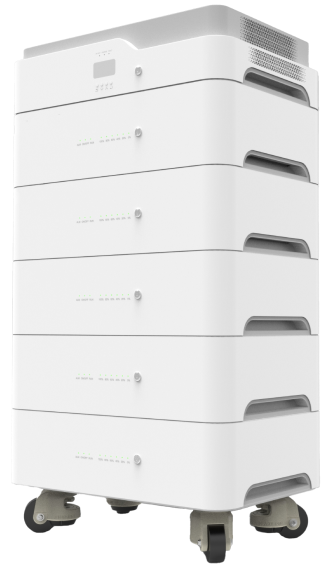Energy Independence:
With our storage systems, you will be protected from unexpected power outages, ensuring the continuous operation of critical systems
Eco-friendliness and Compatibility:
Ideally suited for integration with renewable energy sources, such as solar panels, improving your environmental profile
Service life:
Battery life cycle:
More than 6000 cycles
Projected battery lifespan:
20 years
Device warranty: 5 years
Specifications of the Device with One Module:
Capacity: 5.2 kWh
Battery: BYD Lithium Iron Phosphate Battery
Single Battery Capacity: 102 Ah
Voltage: 51.2 V
Maximum Output Current: 100A
Maximum Input Current: 75A (up to 100A)
Nominal Voltage: 51.2 V
Nominal AC Output Voltage: AC 110V / AC 220V
Nominal AC Output Power: 5000W
DC48V Output: 48V/25A, maximum 50A
Single Battery: 100 Ah
Nominal Capacity (single level): 5 kWh
Protection Board Conductive Resistance: <=10mR
Charging Method: CP/PV
Nominal AC Input Voltage: AC110В/AC 220В
Maximum AC Input Power: 800W-4500W
Photovoltaic (MPPT): 120V-450V / maximum 800W-5600W
End-of-Charge Voltage: 58.4V/CELL
Standard Charging Current: 100A
End-of-Discharge Voltage: 44.8V/CELL
Maximum Discharge Current: 100A
Operating Temperature Range: -10°C - 60°C
Communication Methods: Parallel port DB15, USB, RS485
Dimensions and Weight:
Inverter Dimensions: 600 * 430 * 150 mm
Inverter Weight: approximately 16.4 kg
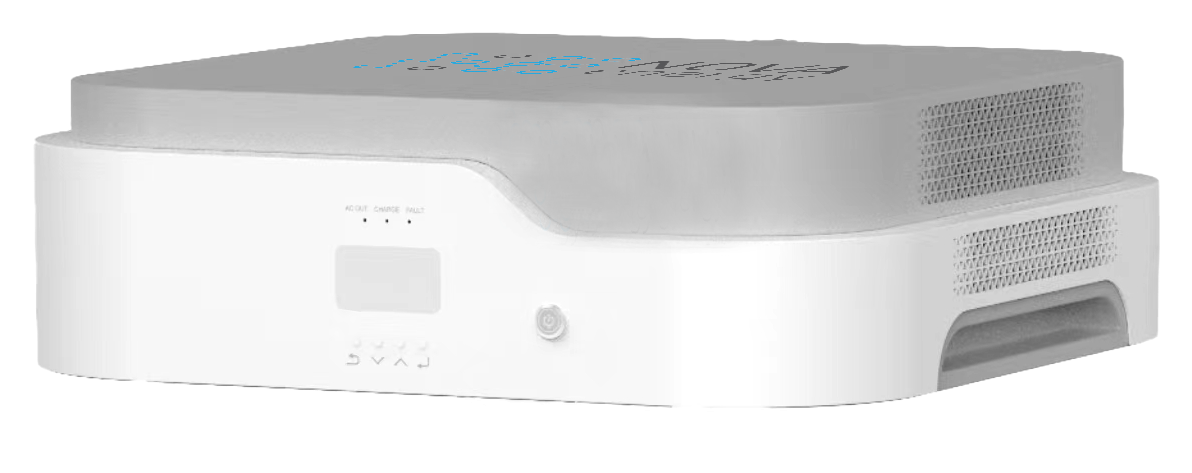
Module (Battery) Dimensions: 600 * 430 * 204 mm
Module (Battery) Weight: approximately 46.9 kg
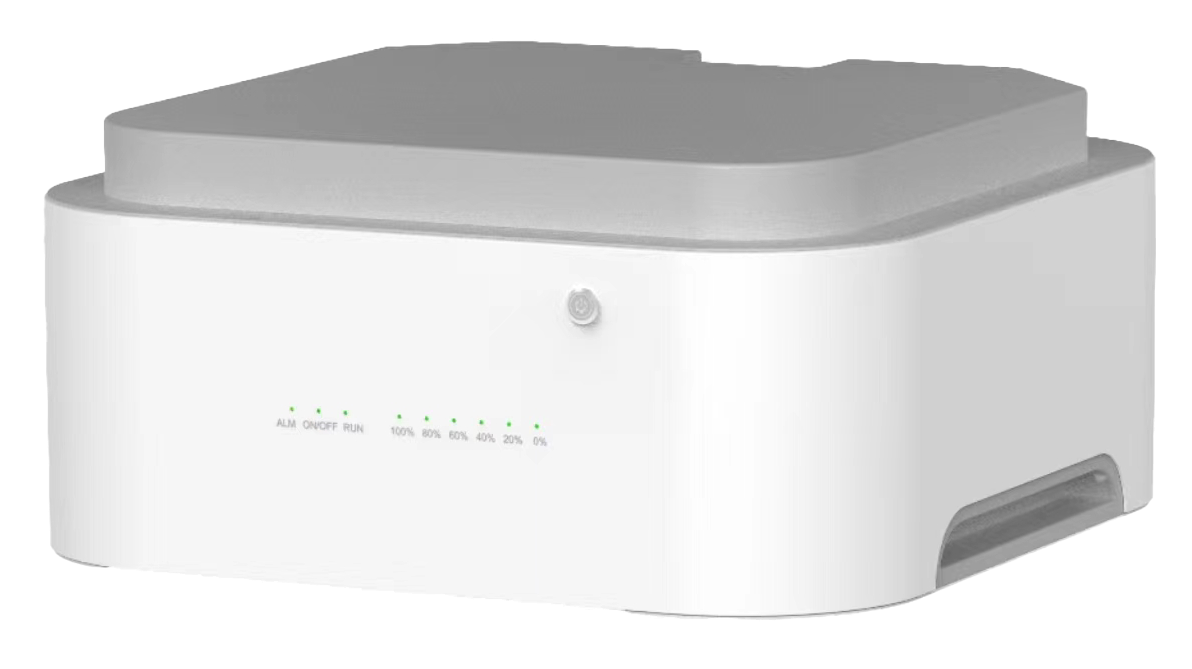
Base Dimensions: 600 * 430 * 152 mm
Base Weight: approximately 9.3 kg
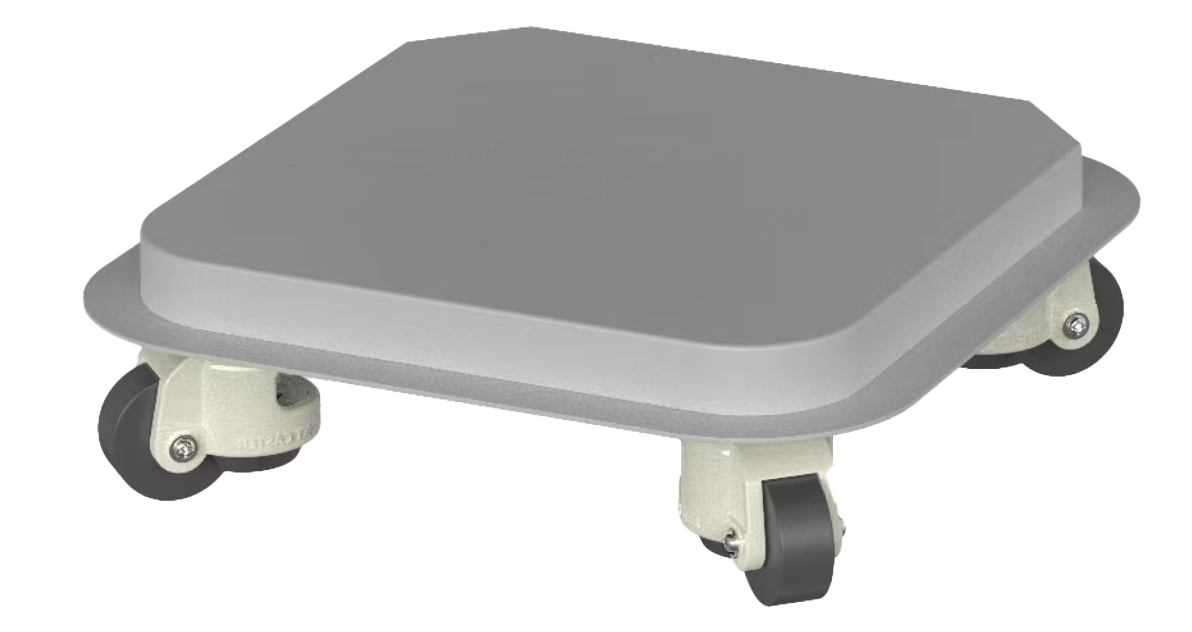
Connection modes:
5.2 kWh * 5 modules





Parallel battery mode (up to 5 batteries):
Maximum capacity of a single device – 26 kWh
Total capacity
of six devices
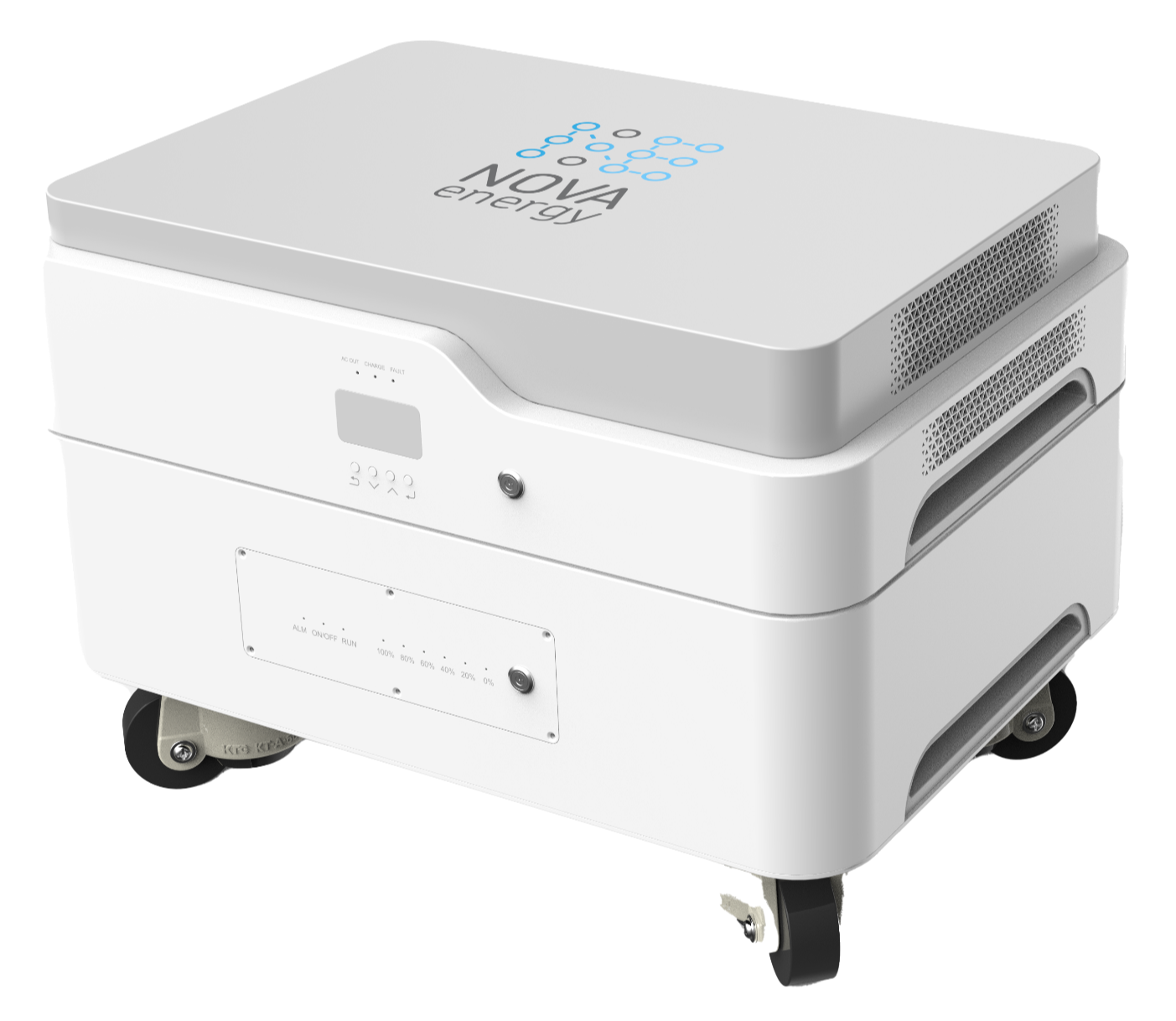





Support for cascading connection of devices
(Up to 6 devices):
Inverter power - 30 kW
Fields of application:
Backup power sources are extremely important in many areas where continuous electricity supply is critical for safety, productivity, and comfort. Here are a few examples of such fields:
Medical facilities:
In hospitals, especially in operating rooms, intensive care units, and critical care departments, backup power is essential to maintain the operation of life-support equipment.
Data and IT centers:
To protect data and ensure the uninterrupted operation of servers and network equipment that support many critical systems, including financial transactions and cloud platforms.
Manufacturing facilities:
In facilities where production lines must operate without interruptions to avoid product defects or financial losses.
Telecommunication companies:
To ensure the stability of mobile communication and internet services, which is critically important in today's world.
Transportation:
In airports, train stations, and subways, where system failures can lead to significant delays and emergency situations.
Commercial centers and restaurants:
To maintain the operation of lighting, air conditioning, and cash registers, allowing customer service to continue even during power outages.
Refrigeration units and storage facilities:
Where it is necessary to maintain specific temperature conditions to preserve food, pharmaceuticals, and other sensitive products.
Banks and financial institutions:
To protect against data loss and ensure the continuity of financial transactions.
Residential complexes and hotels:
Ensuring the comfort of residents and guests, maintaining the operation of elevators and essential amenities.
Energy consumption
What is the operating time of various electrical appliances on a single battery with a capacity of 5.2 kWh?

Lighting
Energy-saving LED bulbs with a rated power
of 10 W
One 10 W bulb
will
run for:
520 hours or 21.6 days
Refrigerator
Rated power: 120 W
It operates 24/7, but actively cools for about 1/3 of the time.
Daily consumption:
120 W × 24 hours × 0.33 ≈ 950.4 Wh (or 0.9504 kWh)
The refrigerator can run continuously for approximately:
5.5 days
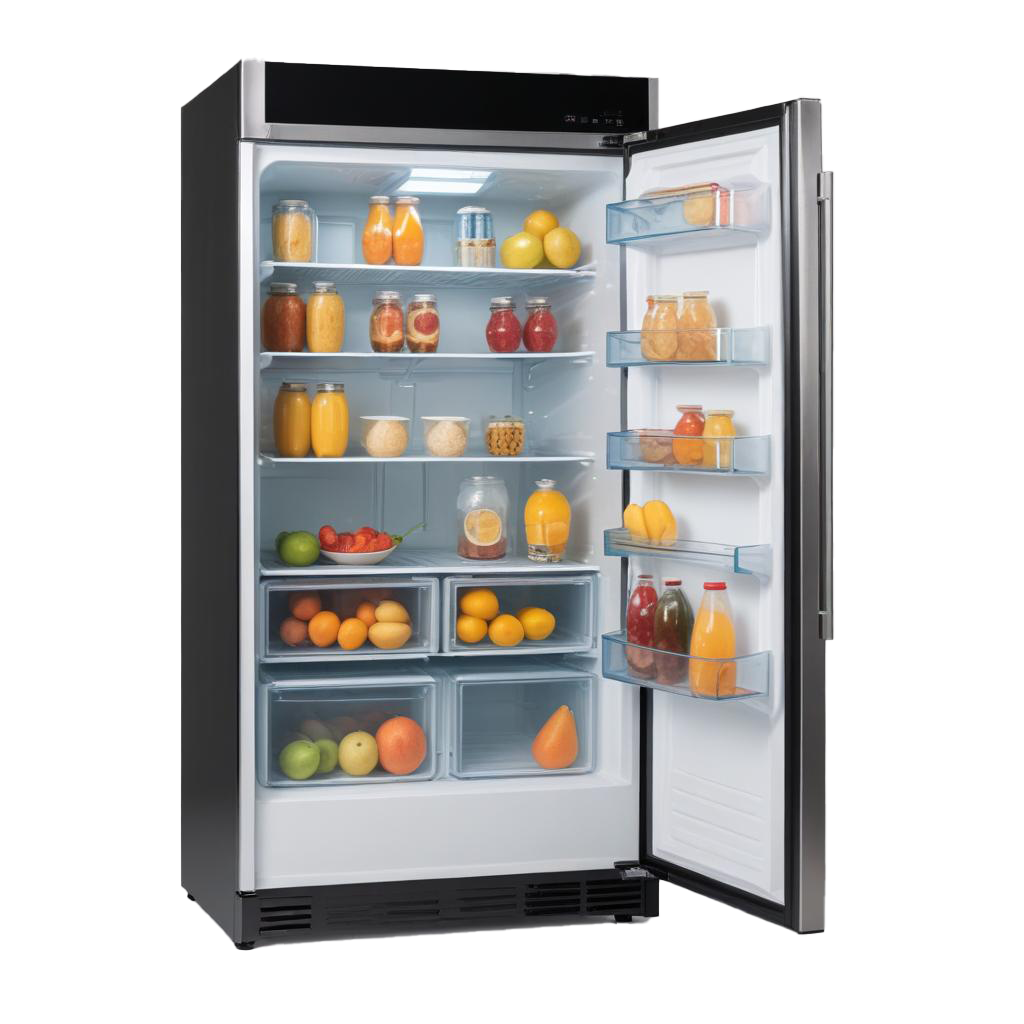
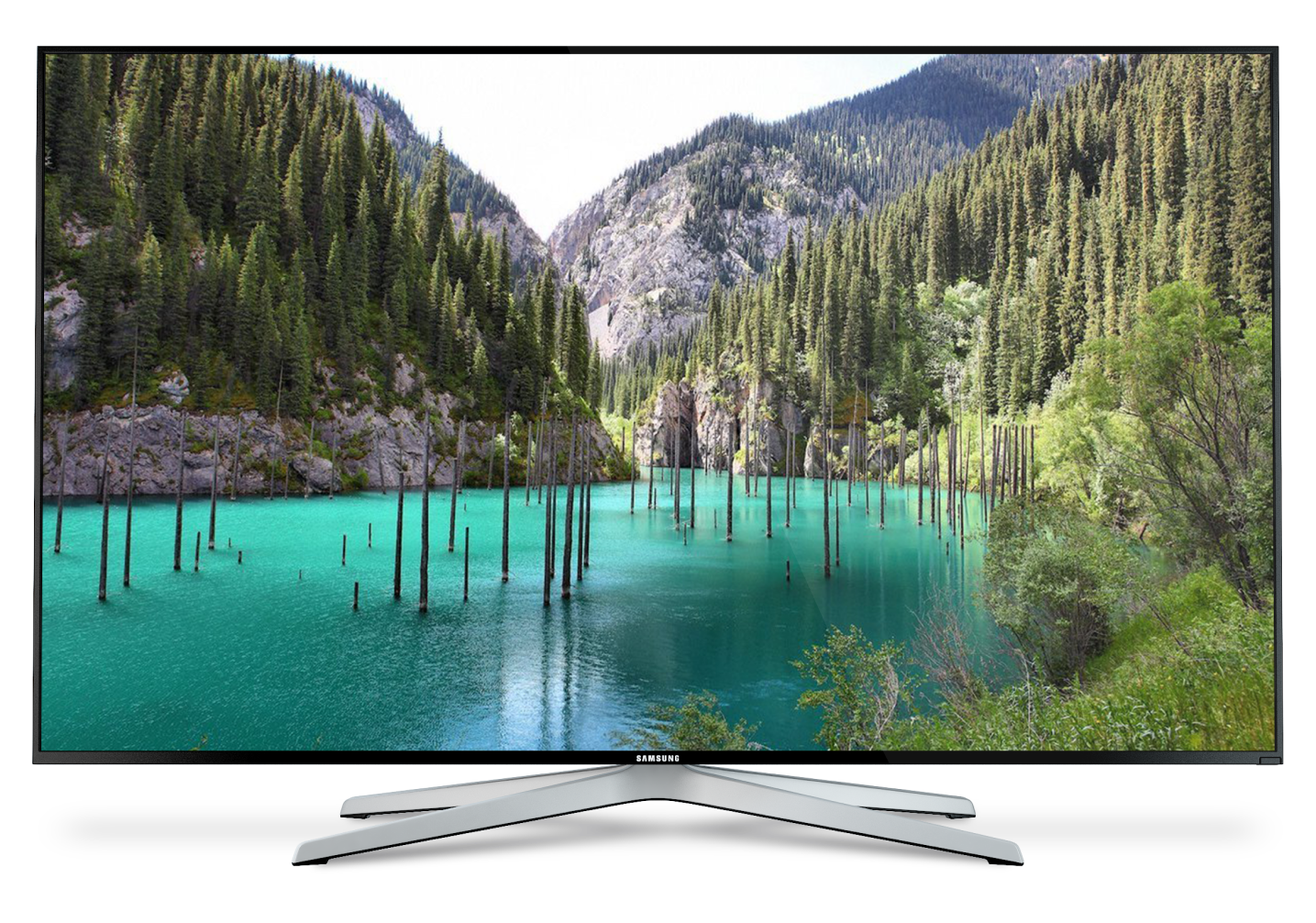
Television
Rated power: 100 W
A 100 W television
will run continuously for:
52 hours or 2.16 days
Laptop
Rated power: 60 W
A laptop with a power rating
of 60 W will operate continuously for:
86.6 hours or 3.6 days
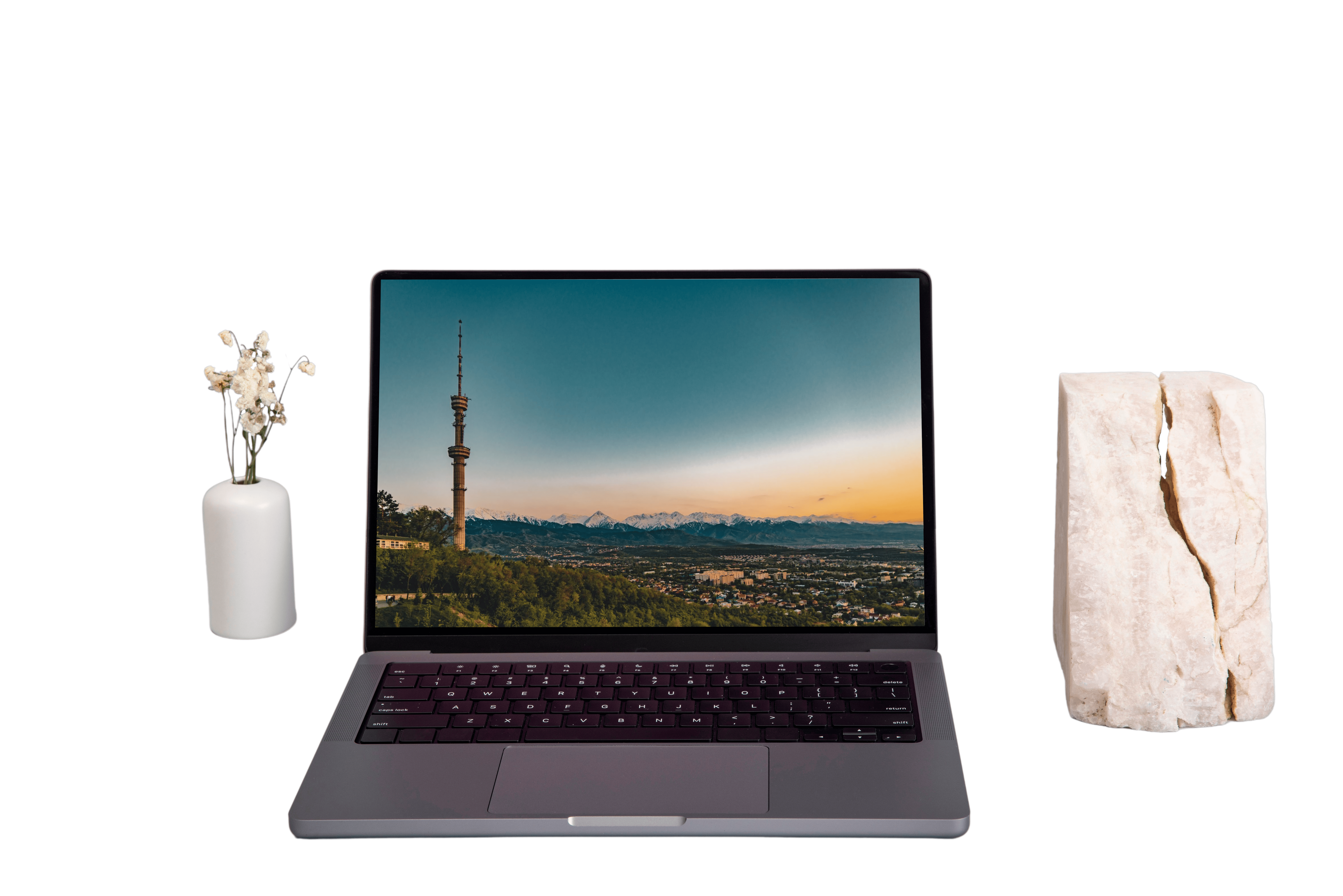
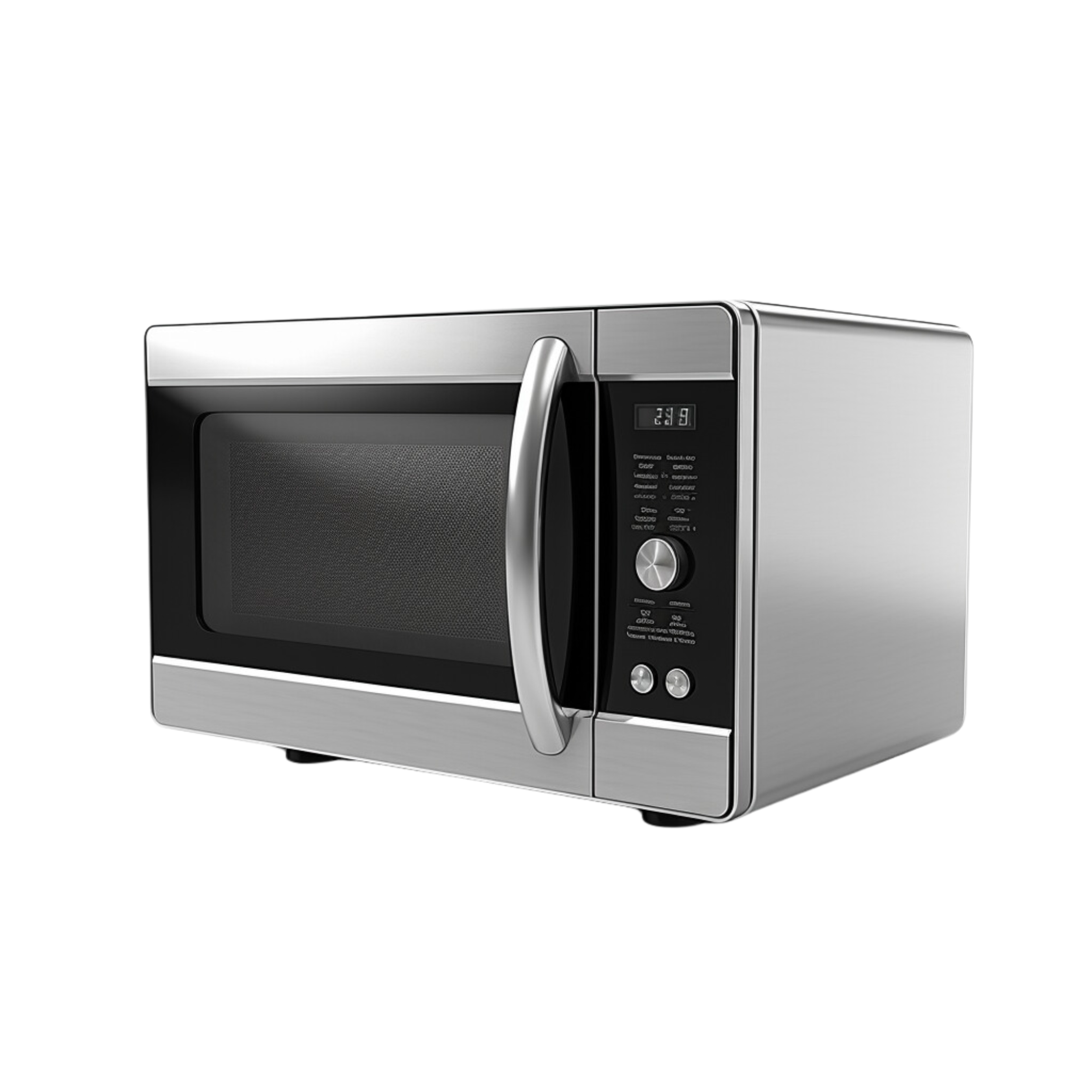
Microwave oven
Rated power: 1200 W
A 1200 W microwave
oven will operate continuously for:
4.3 hours
Electric stove
Rated power: 2000 W
An electric stove
with a power
of 2000 W
will run continuously for:
2,6 hours
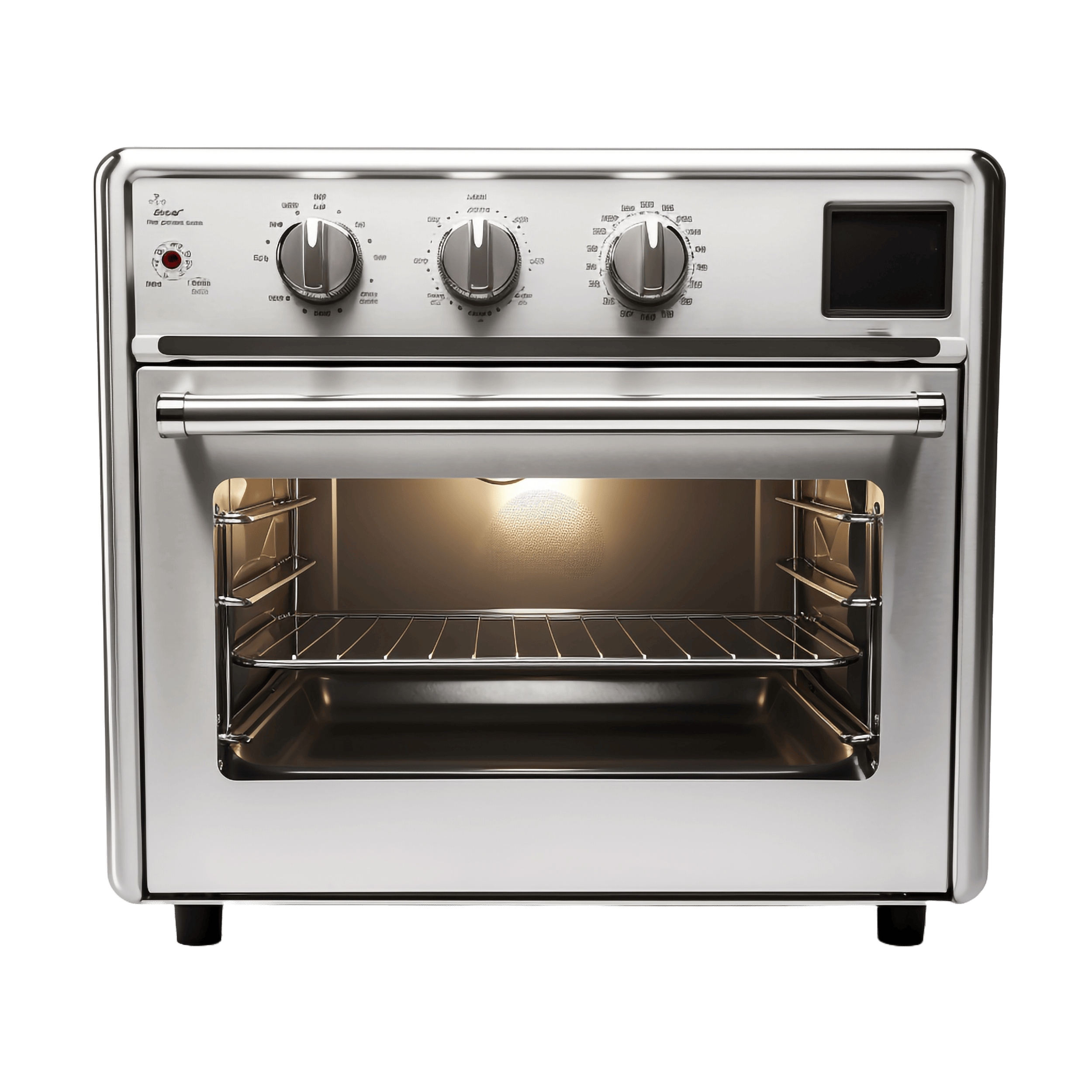

Charging smartphones
Battery capacity: 4000 mAh
A smartphone with a
4000 mAh battery can be charged:
351 times
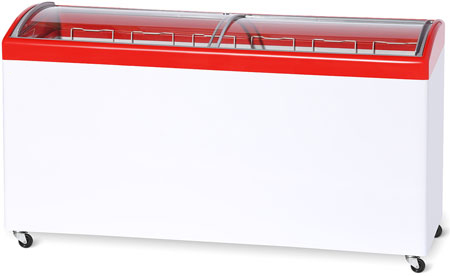
Freezer
Rated power: 270 W
Consumption: 3.6 kWh/day
A freezer
with dimensions (HxWxD) 83 cm x 160 cm x 60 cm (without handle), a volume of 550 liters, and an operating temperature range from -18°C to -25°C will run continuously for:
34.5 hours or approximately 1.5 days
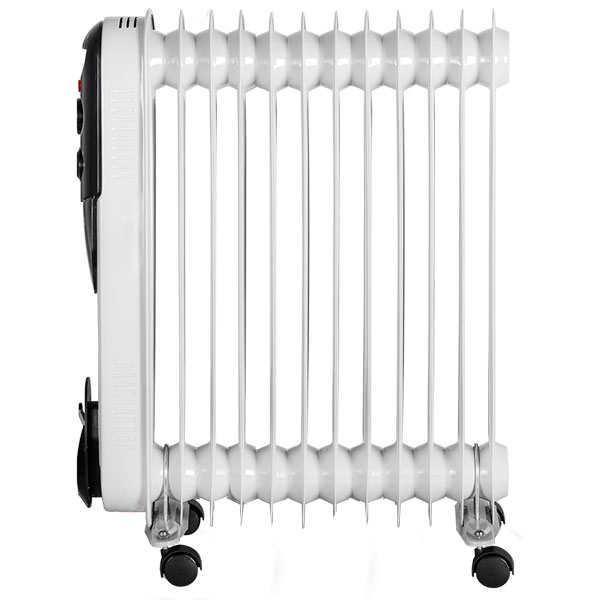
Electric heater
Rated power: 1500 W
An electric heater with a power
of 1500 W will run continuously for:
3,5 hours
Air conditioner
Rated power: 2500 W
An air conditioner
with a power
of 2500 W
will run continuously for:
2 hours
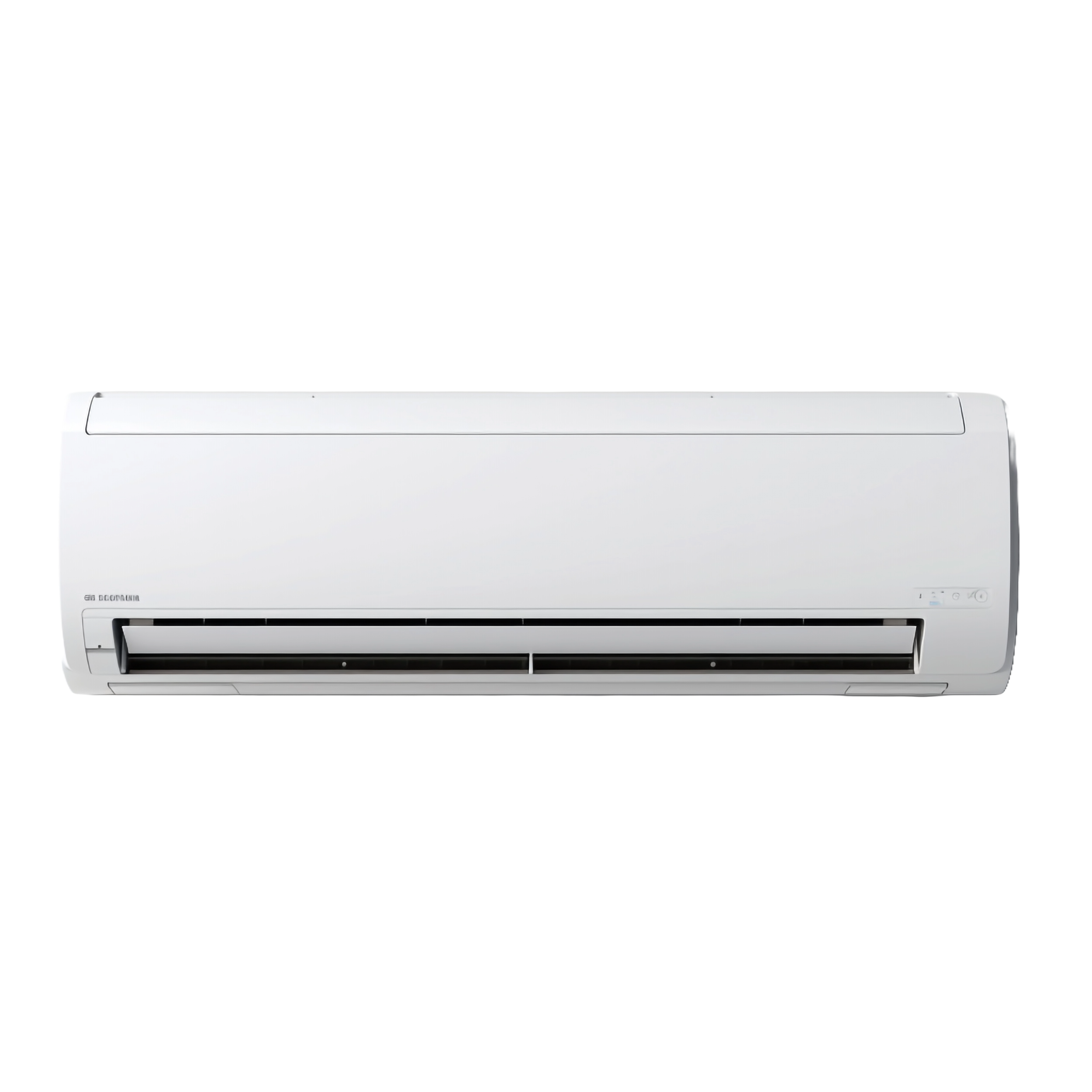
Energy consumption in a 3-room apartment
with an area of 100 square meters for a family of 4
Electrical appliances in use at home:
Apartment lighting in the evening
(10 bulbs * 10 W * 5 hours = 0.5 kWh);
Television (100 W * 4 hours = 0.4 kWh);
Music system (50 W * 3 hours = 0.15 kWh);
Electric stove (2000 W * 2 hours = 4 kWh);
Refrigerator (120 W * 24 h * 0.33 ≈ 0.95 kWh);
Microwave oven (1200 W * 0.5 hours = 0.6 kWh);
Hair dryer (1500 W * 0.2 hours = 0.3 kWh);
Laptop (60 W * 5 hours = 0.3 kWh);
Smartphones (4 * 5 W * 2 hours = 0.04 kWh).
The estimated daily electricity consumption in a 3-room apartment with an area of
This means that a single battery with a capacity of 5.2 kWh is sufficient to power the apartment for approximately 17 hours.







